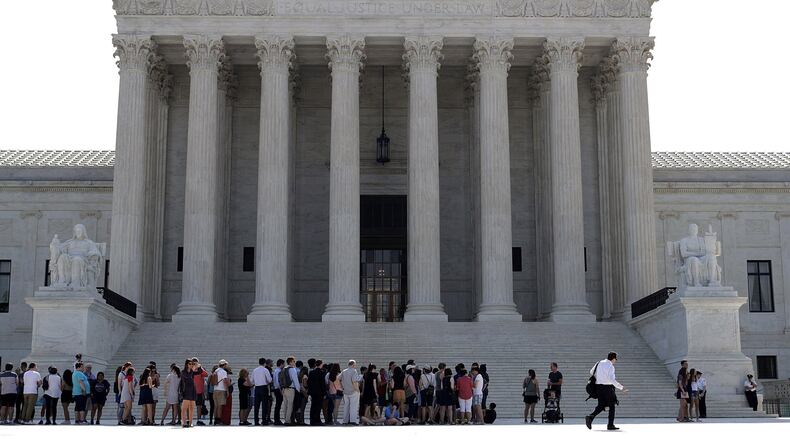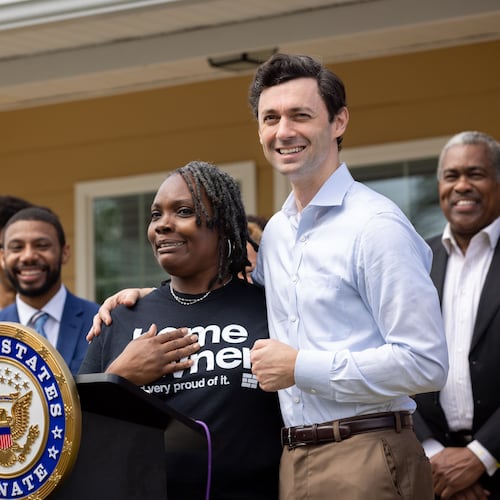On Tuesday, March 26, the U.S. Supreme Court will hear the most important Constitutional cases in 50 years about how we elect our representatives. In 1964, the Court decided Reynolds v. Sims requiring “one man – one vote” to assure that those elected represented people, not real estate. By requiring voting districts with roughly the same number of voters, the Court assured that each citizen’s vote had the same power regardless of where they lived.
On March 26, the court will hear arguments in two cases – one brought on behalf of Democrats in North Carolina and one of behalf of Republicans in Maryland. Both argue that voting districts drawn to “gerrymander” the election results in favor of the other political party are unconstitutional. Both are correct.
This is not a partisan political issue – but a bedrock constitutional requirement of majority rule representative government. Representatives chosen by 51 percent of the voters in their district are elected and sworn to serve all the citizens in their district – not just those who voted for them.
Voting districts that artificially “pack” voters of one party regardless of whether they live in the same real community reduces the voting power and the tempering effect of the views of those who did not vote for the representative. The effect is that those elected tend to represent the party that got them elected instead of the mix of pieces of communities and the other voters assembled to create a partisan majority.
The issue now is both bipartisan and critically urgent. The partisan paralysis we have suffered for a generation is a direct result of this systemic evil – one that has been gleefully used by both parties. And, as in 1964 – Congress is unable to fix itself.
These cases now give the court a bipartisan chance to correct this unconstitutional and cancerous growth of extreme partisanship. The solution can be a simple return to the notion that representatives should be elected to give people equal voice within a real community. Congressional Districts should be created of whole community units already recognized by the state that are next to each other like whole cities, counties, townships, with a slice of one as needed to meet one-person one-vote.
There will always be communities and districts that are overwhelmingly one party or another. That is not the problem. The problem is that by artificially creating partisan districts we eliminate the opportunity to elect those who must “run to the middle” representing all the diverse members of their real and existing community.
About the Author
Keep Reading
The Latest
Featured


